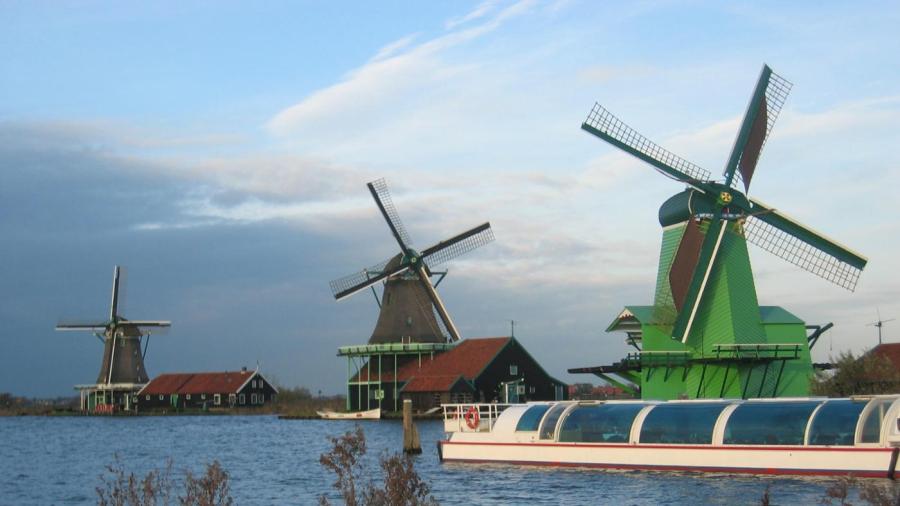How Does a Windmill Produce Electricity?

Windmills produce electricity by electromagnetic induction, the process in which the movement of magnets in a magnetic field generates electricity. In a windmill, when wind moves the blades of the windmill that move the rotor, the rotor rotates a shaft that holds magnets in the magnetic field of the generator, generating alternating current that is sent along power lines.
The Department of Energy holds that wind turbines provide an alternative and clean energy source to fossil fuels. Wind energy is abundant, renewable and one of the least expensive energy technologies. It can revitalize rural communities because wind farms are built in the country where wind is unhindered, and farmers can still plant crops on the land because the turbines do not take up much space. Windustry claims that wind energy can produce up to one-fifth of the nation’s energy. The Wind Energy Foundation has stated that in 2013, Colorado generated almost 14 percent of its electricity using its 1,530 wind turbines with a total capacity of 2,332 megawatts.
According to How Stuff Works, people have been using wind energy since 3,000 B.C. in sailboats. One thousand years later, windmills came into being for grinding grain. The windmill was first used to produce electricity in the 1930s.





